Home>Furniture & Design>Outdoor Furniture>What Kind Of Paint Do You Use On Outdoor Concrete
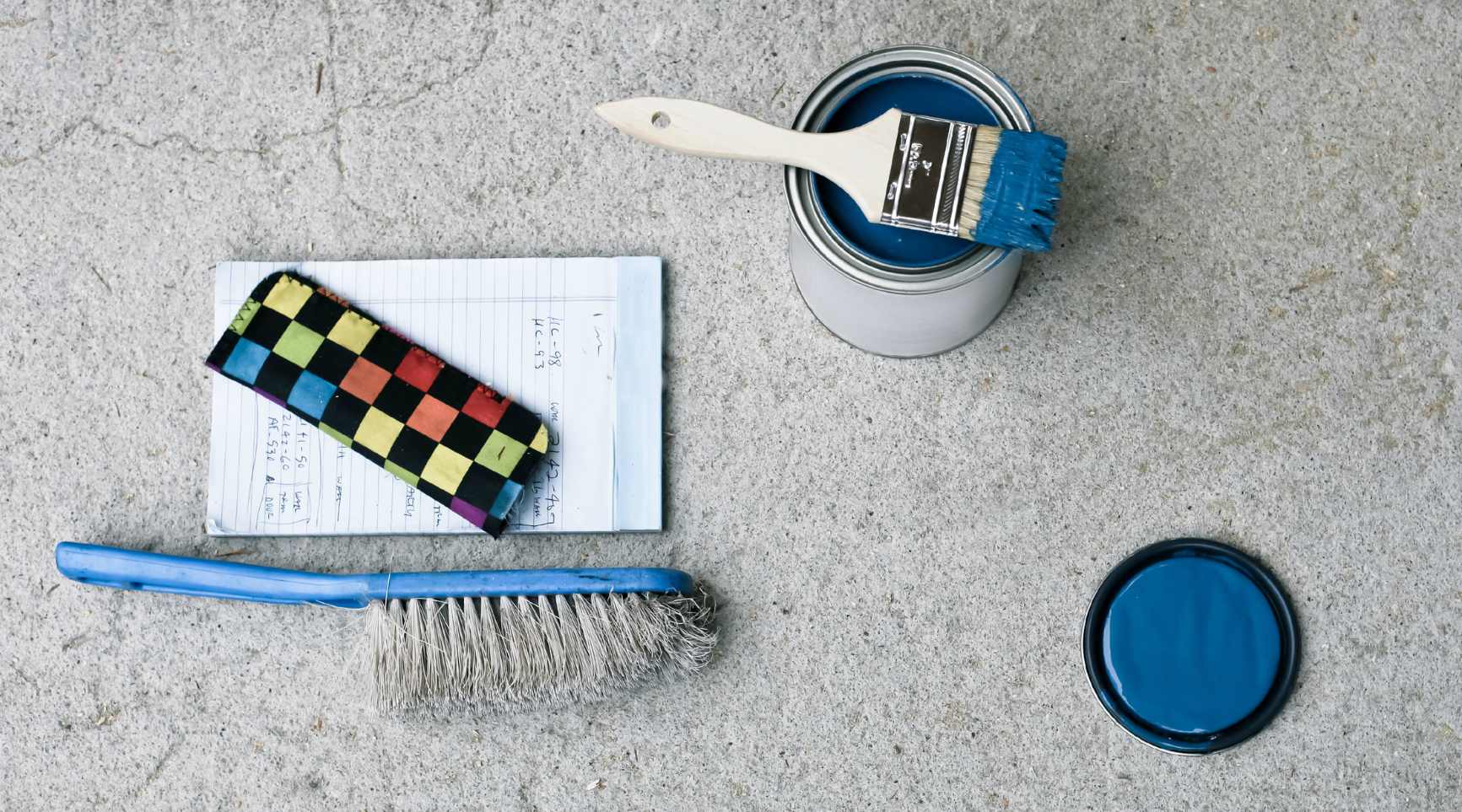

Outdoor Furniture
What Kind Of Paint Do You Use On Outdoor Concrete
Modified: February 18, 2024
Find the best paint for outdoor concrete surfaces and protect your outdoor furniture with our expert tips and recommendations. Ensure durability and style with the right outdoor furniture paint.
(Many of the links in this article redirect to a specific reviewed product. Your purchase of these products through affiliate links helps to generate commission for Storables.com, at no extra cost. Learn more)
Introduction
When it comes to enhancing the aesthetic appeal of outdoor spaces, painting concrete surfaces can work wonders. Whether it's a patio, driveway, or pathway, adding a fresh coat of paint can rejuvenate the entire area, creating a welcoming and vibrant atmosphere. However, painting outdoor concrete requires thoughtful consideration and the use of specific types of paint to ensure durability and longevity.
In this comprehensive guide, we will explore the essential factors to consider before embarking on a concrete painting project, the various types of paint suitable for outdoor concrete surfaces, the crucial steps involved in preparation and application, and effective maintenance practices to preserve the painted surfaces. By the end of this journey, you will be equipped with the knowledge to transform your outdoor concrete spaces into stunning, long-lasting works of art.
So, let's delve into the world of outdoor concrete painting and discover the key aspects that will help you achieve remarkable results while withstanding the test of time.
Key Takeaways:
- Choose the right paint type like acrylic or epoxy for outdoor concrete to ensure durability and vibrant colors that withstand weather and foot traffic.
- Prepare and maintain painted outdoor concrete by cleaning regularly, using protective measures, and addressing minor issues promptly to preserve its beauty and functionality.
Factors to Consider Before Painting Outdoor Concrete
Before diving into a concrete painting project, it’s crucial to evaluate several key factors to ensure a successful and enduring outcome. Understanding these considerations will not only contribute to the visual appeal of the painted surface but also impact its resilience against environmental elements and foot traffic.
- Surface Condition: Assess the current condition of the concrete surface. Look for cracks, chips, or areas of deterioration that may need repair before painting. Addressing these issues beforehand will contribute to the longevity of the paint job.
- Weather Conditions: Take into account the local climate and seasonal variations. Extreme temperatures, humidity, and exposure to sunlight can impact the performance of the paint. Consider the best time for painting based on the weather patterns in your area.
- Traffic and Usage: Evaluate the level of foot traffic or vehicular movement on the concrete surface. High-traffic areas may require a more durable paint that can withstand constant use and potential abrasion.
- Moisture Levels: Determine the moisture content of the concrete. Excessive moisture can lead to adhesion issues and premature paint failure. It’s essential to address any moisture-related issues before applying paint.
- Color and Aesthetics: Consider the desired color scheme and overall aesthetic goals for the space. Certain paint types and application techniques can achieve specific visual effects, complementing the surrounding environment.
- Environmental Impact: Be mindful of the environmental impact of the paint products. Look for eco-friendly options that minimize volatile organic compound (VOC) emissions and contribute to sustainable practices.
By carefully considering these factors, you can lay a solid foundation for a successful concrete painting project, ensuring that the end result aligns with your vision while standing the test of time.
Types of Paint for Outdoor Concrete
Choosing the right type of paint for outdoor concrete surfaces is essential for achieving both visual appeal and long-term durability. Various paint options are available, each with distinct characteristics and suitability for different applications. Understanding the differences between these types of paint will empower you to make informed decisions based on your specific needs and the environmental conditions the painted surface will face.
- Acrylic Paint: Acrylic-based concrete paint is a popular choice for outdoor surfaces due to its excellent adhesion and UV resistance. It provides a durable, protective layer that can withstand varying weather conditions while retaining vibrant colors.
- Epoxy Paint: Epoxy coatings are known for their exceptional durability and resistance to chemicals, making them suitable for garage floors, driveways, and other high-traffic outdoor areas. They offer superior protection against abrasion and can create a glossy, seamless finish.
- Latex Paint: Latex-based concrete paint is versatile and easy to work with, making it a practical option for patios, walkways, and decorative concrete surfaces. It provides good coverage, breathability, and resistance to mildew and fading.
- Enamel Paint: Enamel coatings offer a hard, glossy finish that is highly resistant to wear and tear. They are suitable for outdoor concrete structures such as steps, railings, and decorative elements, providing a durable and visually appealing surface.
- Stain and Sealant: Concrete stains and sealants penetrate the surface to enhance its natural appearance while providing protection against moisture and UV exposure. They are ideal for achieving a decorative, translucent finish that showcases the texture of the concrete.
When selecting the appropriate paint for your outdoor concrete project, consider the specific demands of the environment, the intended use of the surface, and the desired aesthetic effects. By choosing the right type of paint, you can ensure that your outdoor concrete spaces not only look stunning but also remain resilient in the face of daily wear and environmental challenges.
When painting outdoor concrete, use a high-quality, acrylic latex paint that is specifically designed for exterior use. This type of paint is durable, weather-resistant, and will adhere well to the concrete surface.
Preparation and Application of Paint on Outdoor Concrete
Proper preparation and meticulous application are essential for achieving a flawless and long-lasting paint finish on outdoor concrete surfaces. By following a systematic approach and adhering to best practices, you can ensure that the paint adheres effectively, withstands environmental stressors, and maintains its visual appeal over time.
Surface Preparation:
Prior to painting, the concrete surface must be thoroughly cleaned and free of any contaminants, such as dirt, grease, or efflorescence. Use a pressure washer or suitable cleaning solution to remove all debris and ensure a clean, smooth substrate for the paint to adhere to. Additionally, any cracks or imperfections should be repaired, and the surface should be allowed to dry completely before proceeding with the application.
Priming:
Applying a suitable primer is crucial for promoting adhesion and enhancing the durability of the paint. The type of primer used will depend on the specific paint and surface conditions. A primer also helps to seal the concrete, preventing moisture penetration and ensuring uniform coverage of the topcoat.
Application Techniques:
When applying paint to outdoor concrete, consider the most suitable technique based on the type of paint being used. Whether using brushes, rollers, or sprayers, ensure that the application is even and consistent to achieve a professional finish. Pay attention to drying times and environmental conditions to optimize the application process.
Protective Coatings:
For high-traffic areas or surfaces exposed to harsh elements, consider applying a protective clear coat or sealant over the paint to enhance its resilience. This additional layer provides an extra barrier against abrasion, UV exposure, and moisture, prolonging the life of the painted surface.
Curing and Drying:
Allow the painted concrete to cure and dry according to the manufacturer’s recommendations. This crucial step ensures that the paint fully adheres and hardens, providing the desired level of protection and visual appeal. Avoid subjecting the freshly painted surface to heavy use or exposure until it has fully cured.
By meticulously preparing the surface, selecting the appropriate application techniques, and considering additional protective measures, you can ensure that the paint adheres effectively and maintains its integrity, resulting in a beautifully enhanced outdoor concrete surface that stands the test of time.
Maintenance and Protection of Painted Outdoor Concrete
Once you have transformed your outdoor concrete surfaces with a fresh coat of paint, it’s essential to implement effective maintenance practices to preserve the visual appeal and protective qualities of the paint. By incorporating routine maintenance and proactive protection measures, you can extend the life of the painted surface and ensure its enduring beauty.
Cleaning and Regular Inspections:
Regularly clean the painted concrete surface to remove dirt, debris, and other contaminants. Use a mild detergent or specialized concrete cleaner and a soft-bristle brush or mop to maintain a clean and inviting appearance. Additionally, conduct periodic inspections to identify any signs of wear, chipping, or discoloration that may require touch-ups or repairs.
Protective Measures:
Implement protective measures to safeguard the painted surface from potential damage. Place protective mats or rugs in high-traffic areas to minimize wear, and use coasters or pads under furniture to prevent scratches and scuffs. Encourage the use of designated walkways and pathways to minimize direct foot traffic on the painted surface.
Regular Maintenance:
Address any minor issues promptly to prevent them from escalating into larger problems. Touch up any areas of chipping or peeling paint, and consider applying a fresh topcoat or sealant as needed to maintain the protective barrier and visual appeal of the surface.
Seasonal Considerations:
Be mindful of seasonal changes and their potential impact on the painted surface. In colder climates, take precautions to protect the paint from the damaging effects of ice and snow, such as using appropriate de-icing products and avoiding harsh scraping or shoveling directly on the painted surface.
UV Protection:
Consider the use of UV-resistant sealants or topcoats to protect the paint from the detrimental effects of prolonged sun exposure. UV rays can cause fading and deterioration of the paint over time, so implementing suitable protective measures is essential for preserving the vibrancy and integrity of the painted surface.
By incorporating these maintenance and protection practices, you can ensure that your painted outdoor concrete surfaces remain visually appealing and well-protected, allowing you to enjoy the enhanced ambiance and functionality of these areas for years to come.
Conclusion
Painting outdoor concrete surfaces offers a transformative opportunity to enhance the visual appeal and functionality of various areas, from patios and driveways to walkways and decorative elements. By carefully considering the factors that influence the success of a concrete painting project, selecting the appropriate type of paint, and following best practices for preparation, application, and maintenance, you can achieve stunning results that endure the test of time.
Understanding the unique characteristics of different paint types, such as acrylic, epoxy, latex, enamel, and stains, empowers you to make informed decisions based on the specific demands of the environment and the intended use of the painted surface. Each type of paint offers distinct benefits in terms of durability, adhesion, and visual effects, allowing you to tailor your choices to suit your individual preferences and practical requirements.
Proper surface preparation, including cleaning, priming, and meticulous application, lays the groundwork for a flawless and long-lasting paint finish. By incorporating protective measures and implementing routine maintenance, you can safeguard the painted surface from wear, environmental stressors, and the damaging effects of UV exposure, ensuring that it remains vibrant and resilient over time.
As you embark on your outdoor concrete painting journey, remember that the successful transformation of these surfaces goes beyond mere aesthetics. It encompasses the creation of inviting and functional spaces that enrich your outdoor environment and elevate the overall ambiance of your property. By embracing the principles of thoughtful planning, informed decision-making, and proactive maintenance, you can enjoy the enduring beauty and practical advantages of your painted outdoor concrete surfaces for years to come.
So, unleash your creativity, harness the power of the right paint, and embark on a journey to revitalize your outdoor spaces, infusing them with charm, durability, and lasting allure.
Frequently Asked Questions about What Kind Of Paint Do You Use On Outdoor Concrete
Was this page helpful?
At Storables.com, we guarantee accurate and reliable information. Our content, validated by Expert Board Contributors, is crafted following stringent Editorial Policies. We're committed to providing you with well-researched, expert-backed insights for all your informational needs.
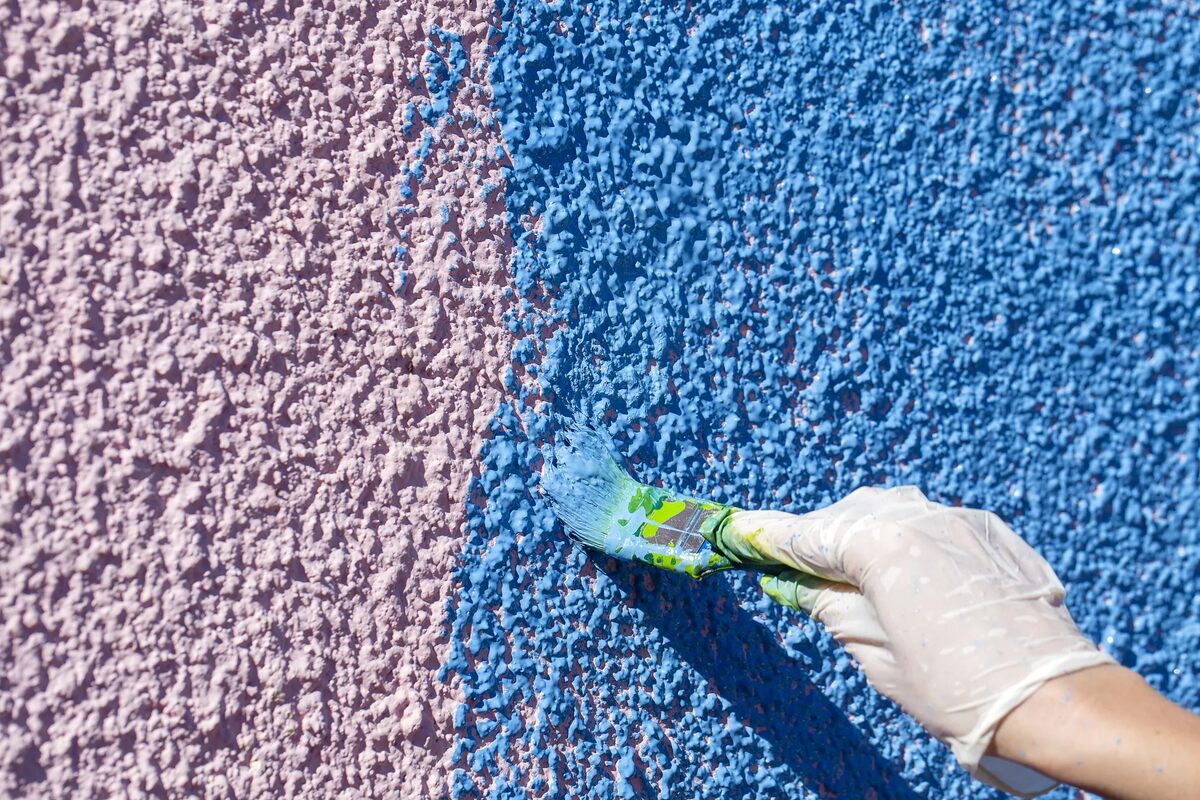
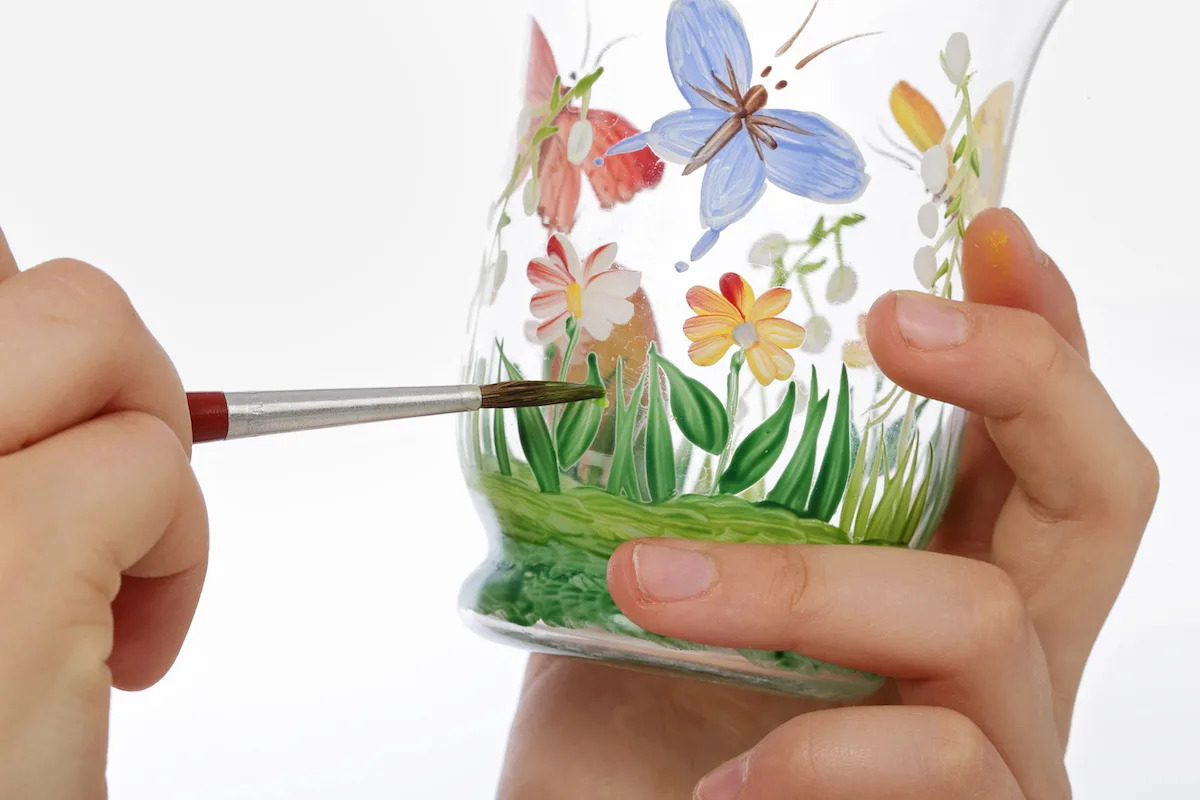
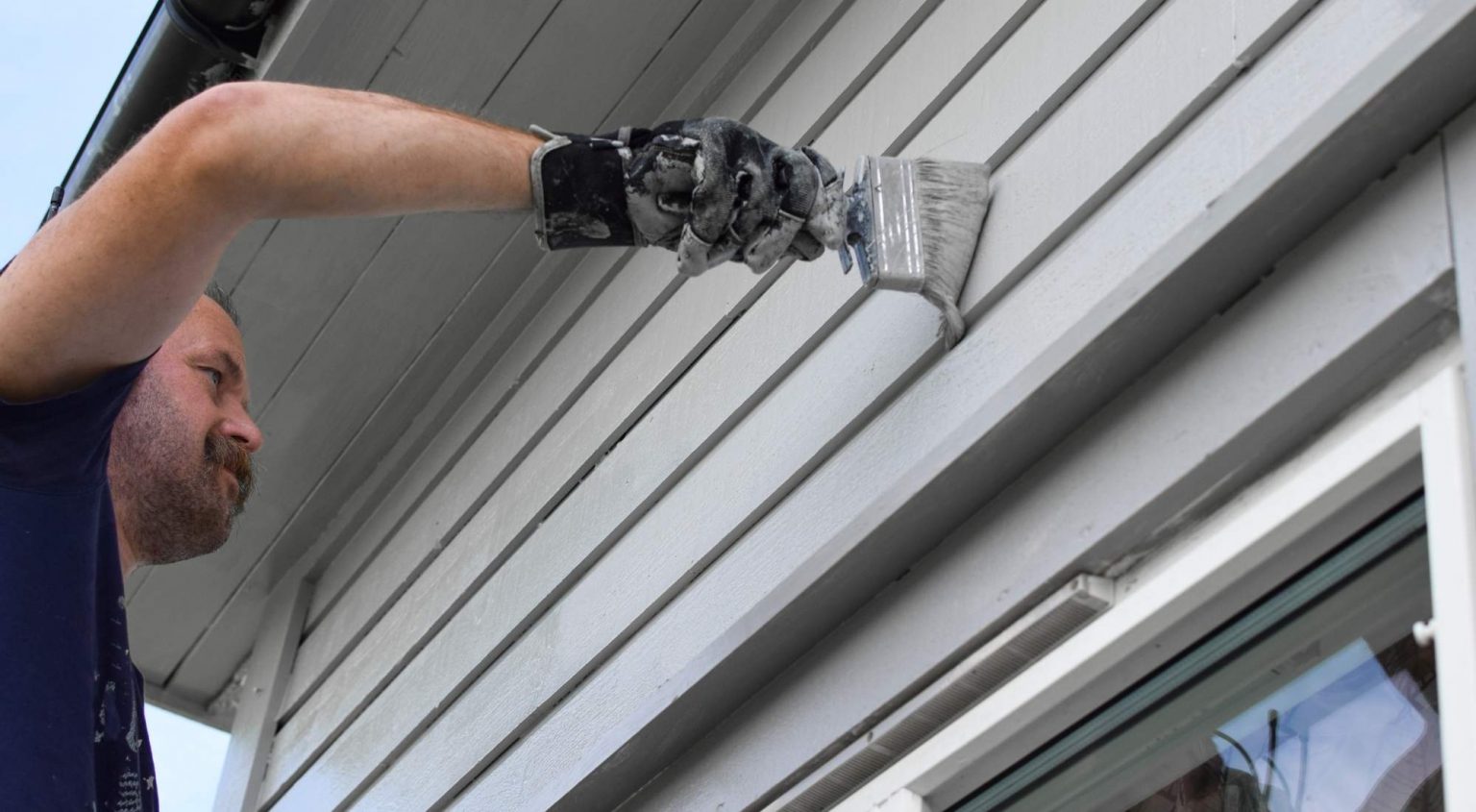
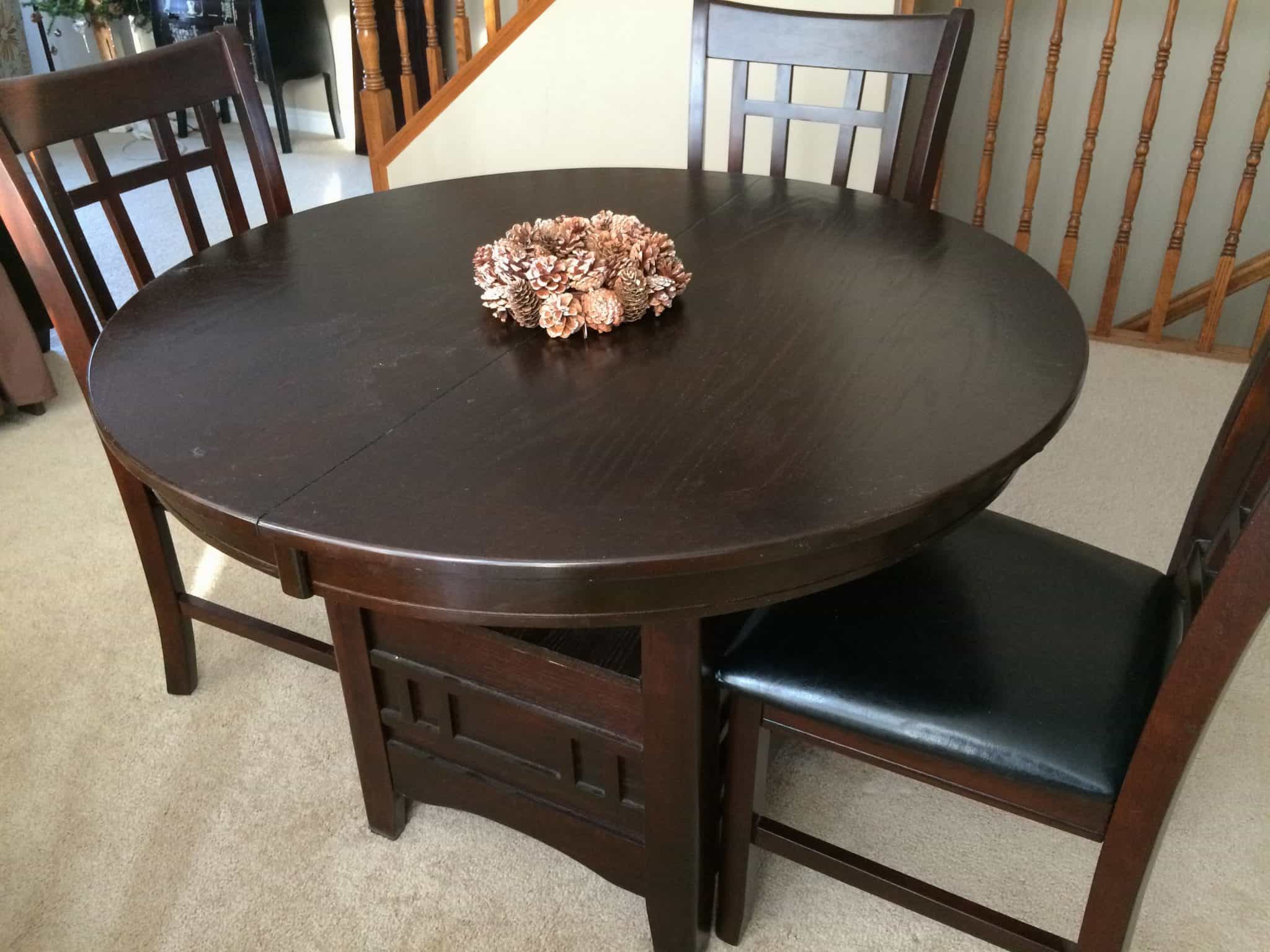

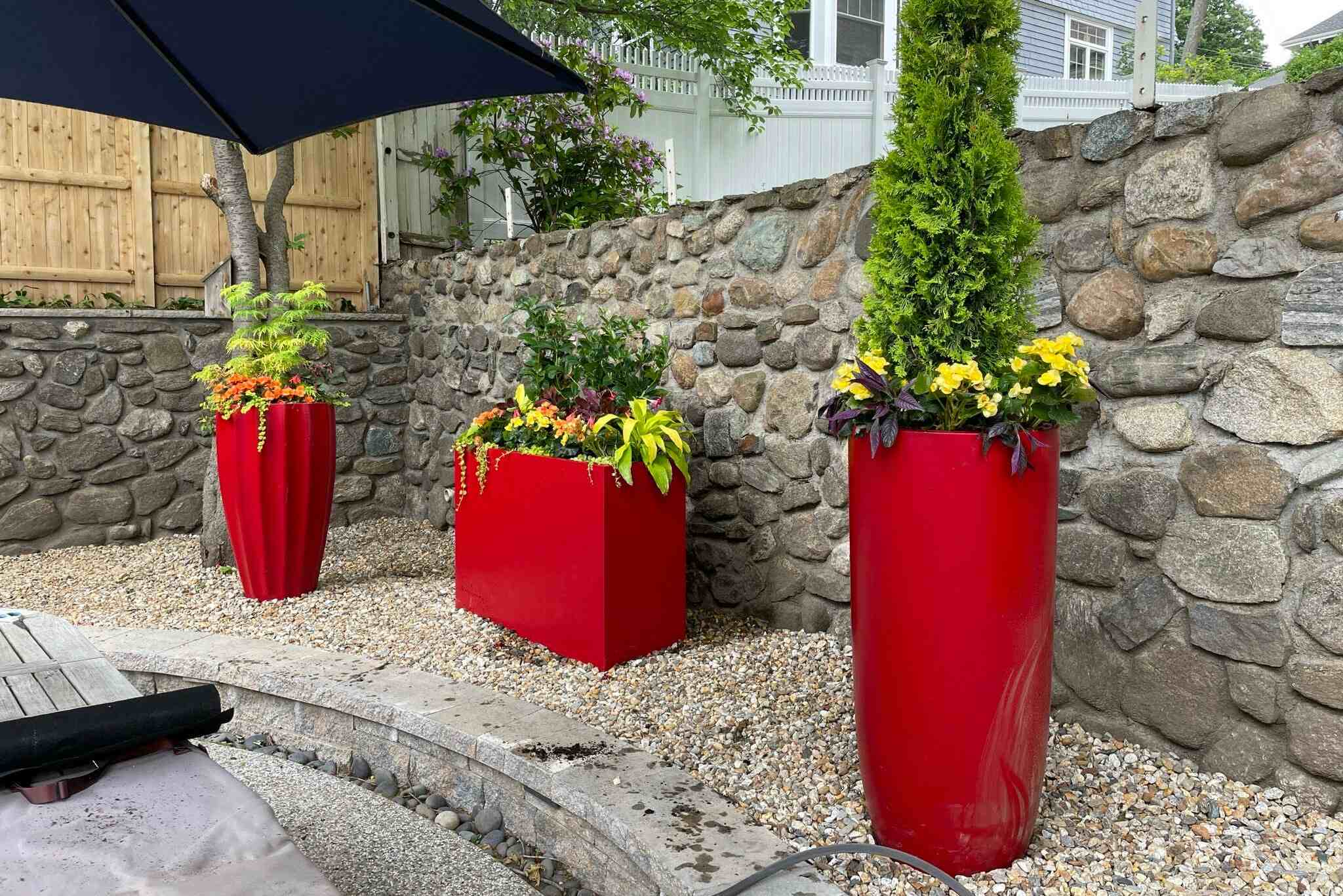
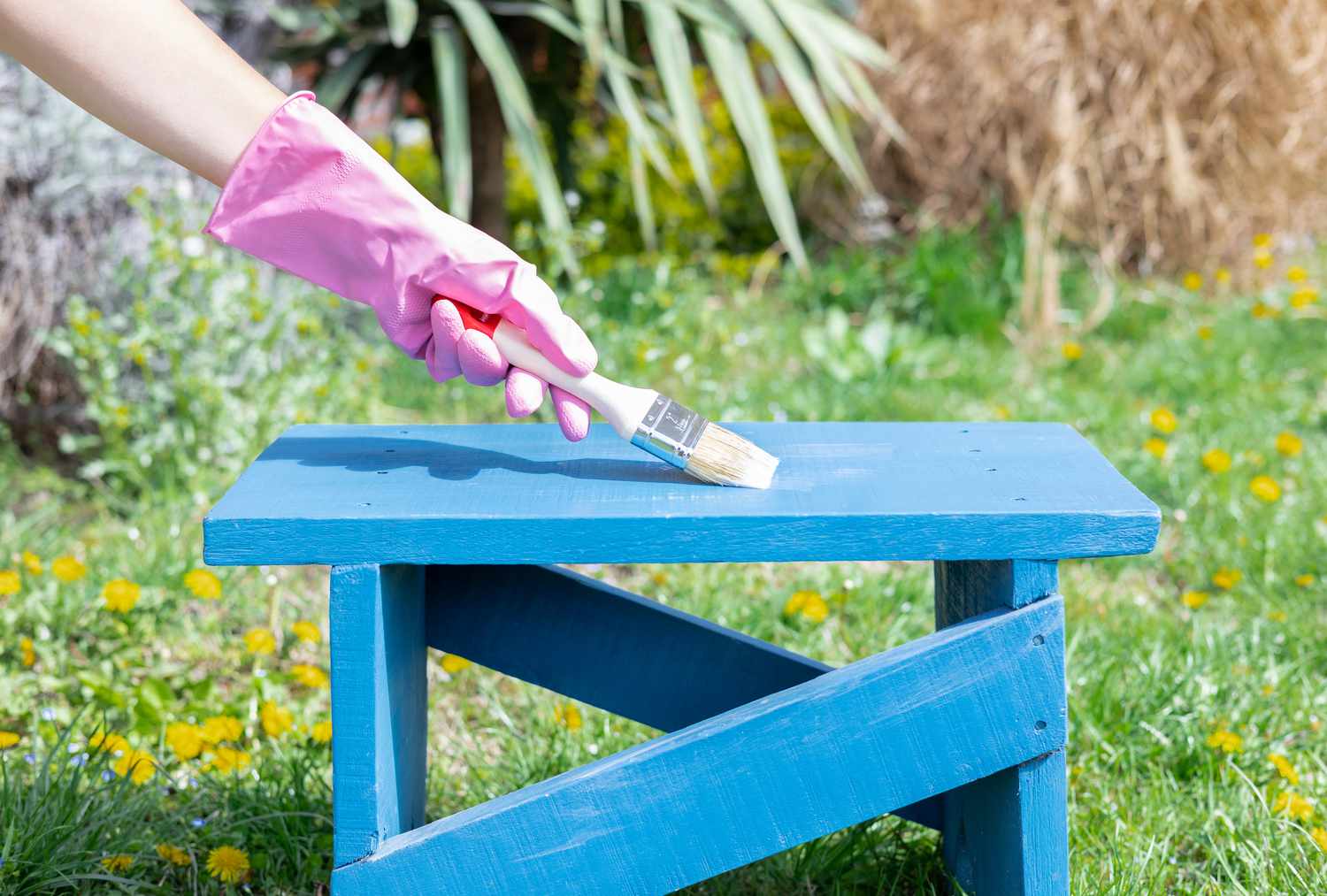
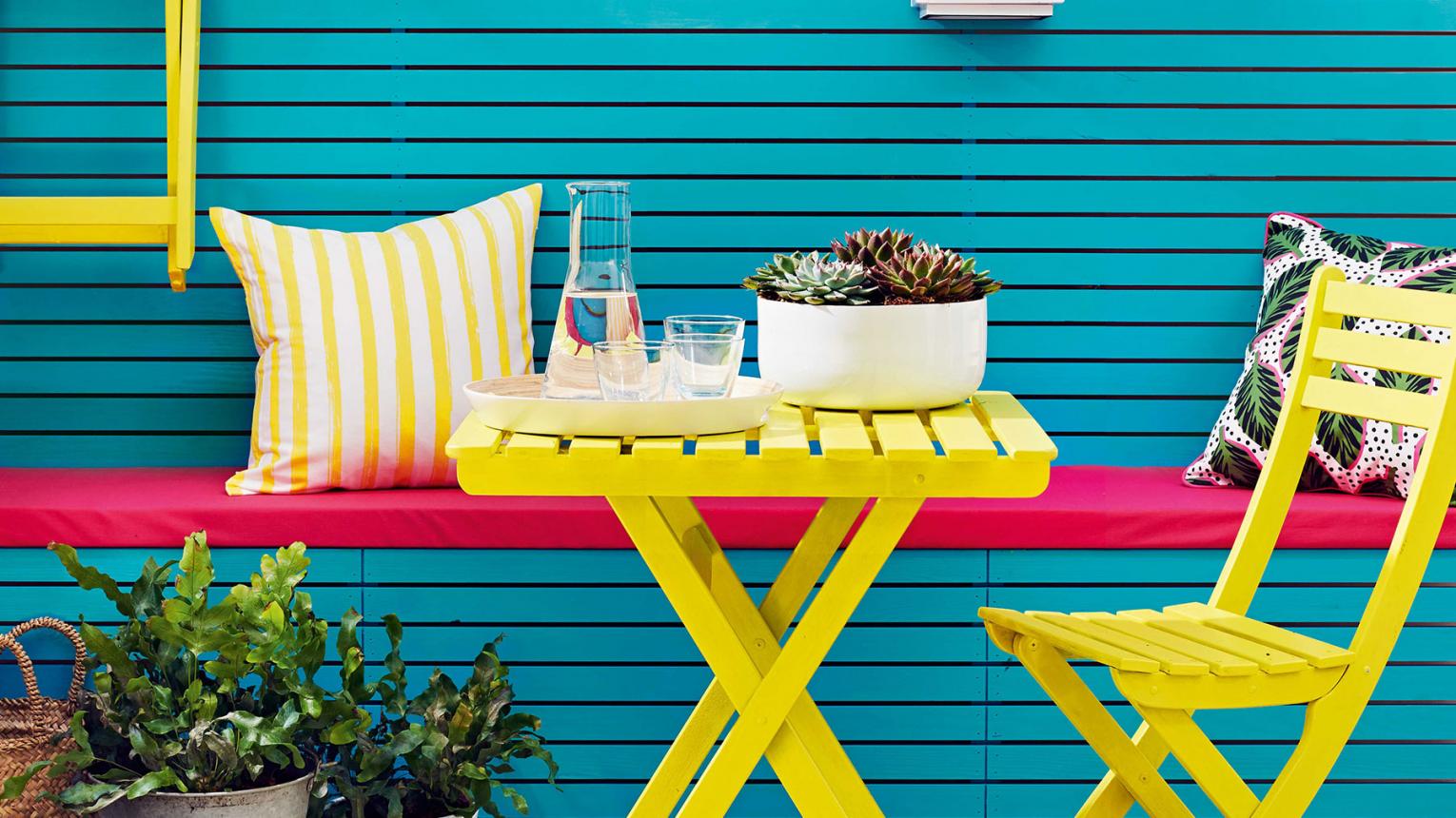
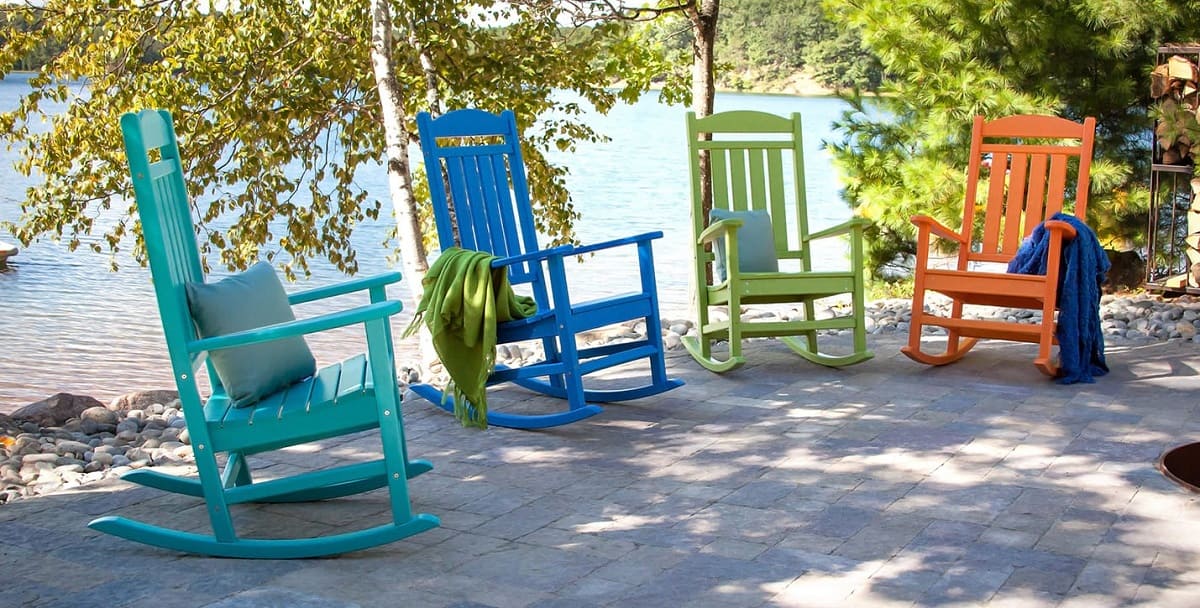

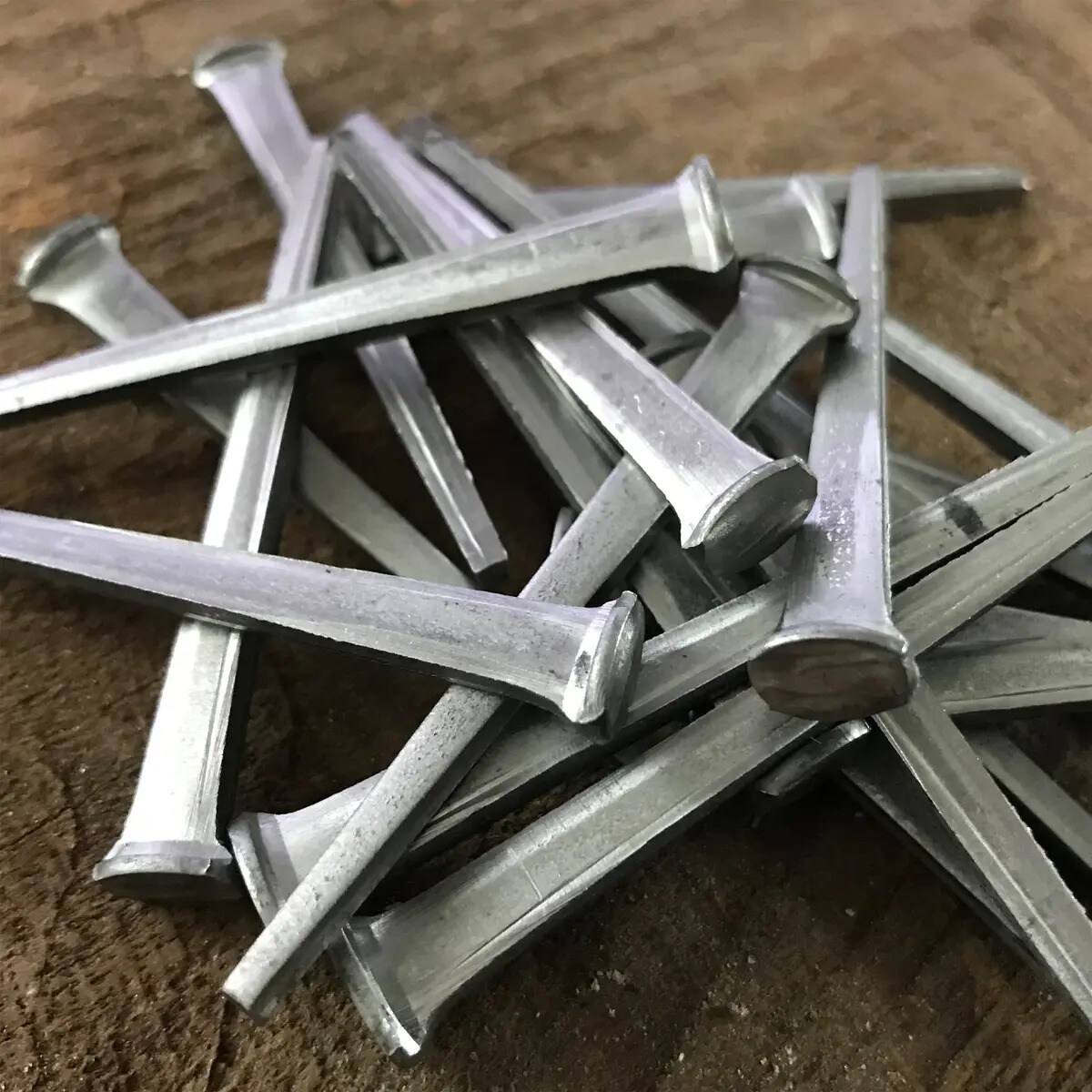
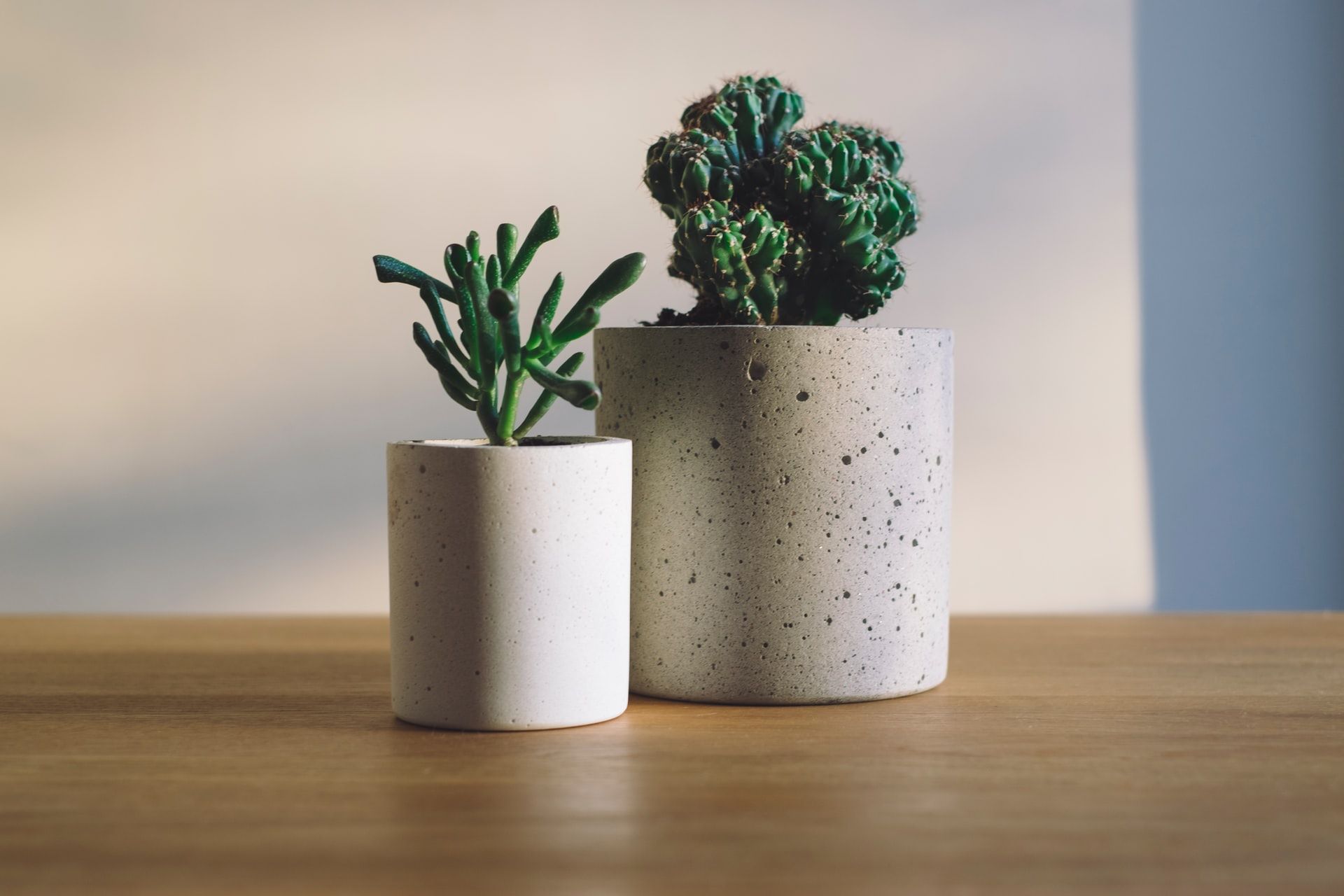
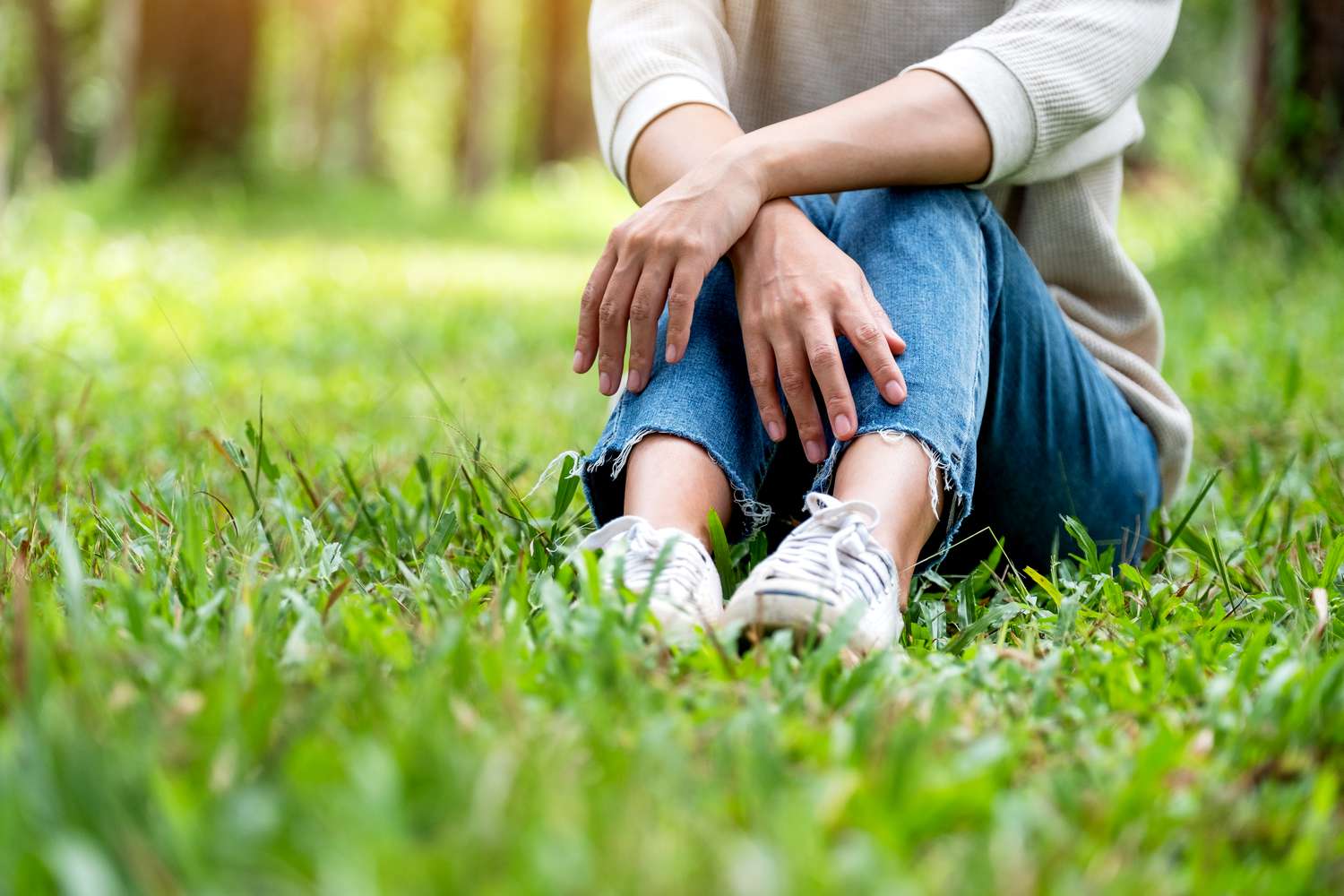


0 thoughts on “What Kind Of Paint Do You Use On Outdoor Concrete”